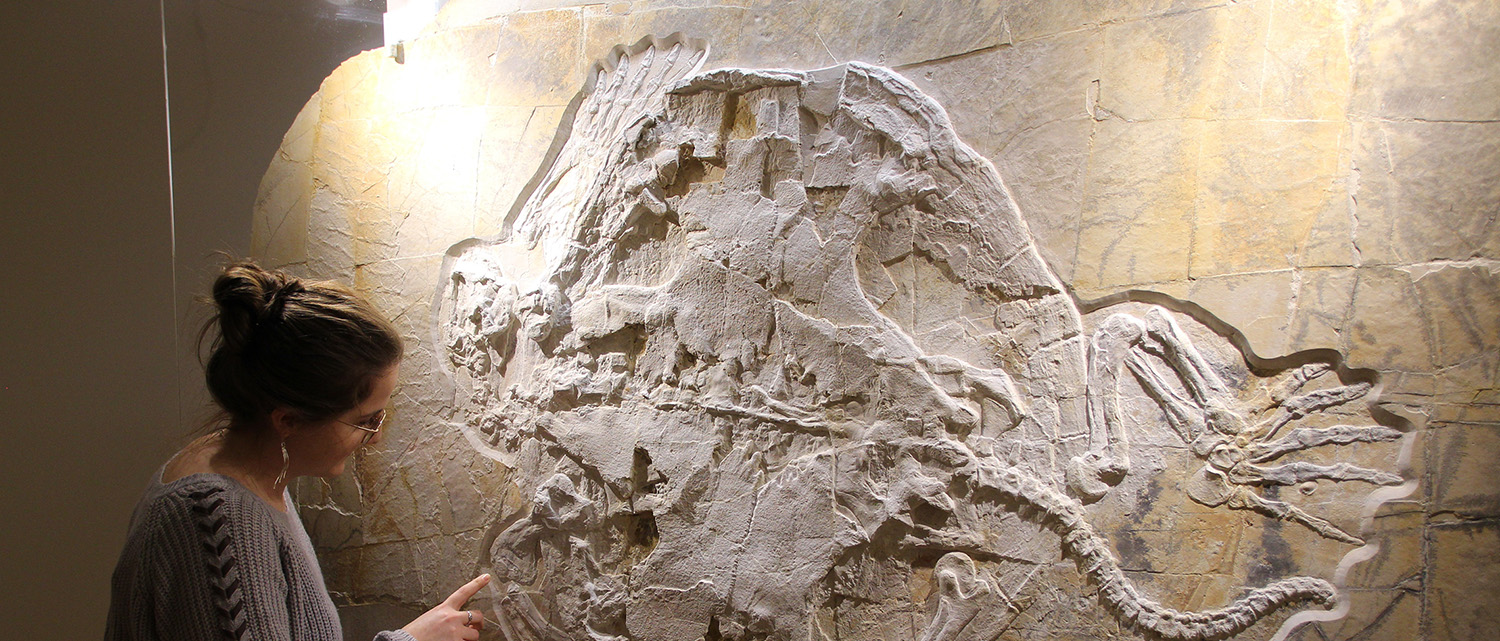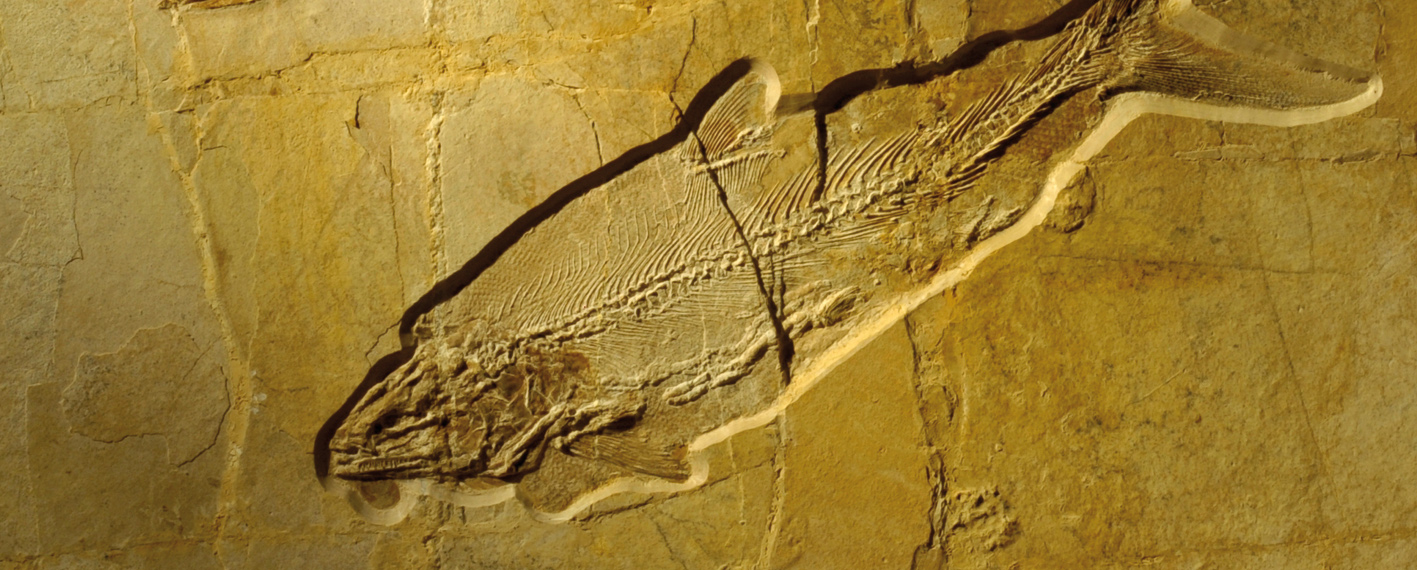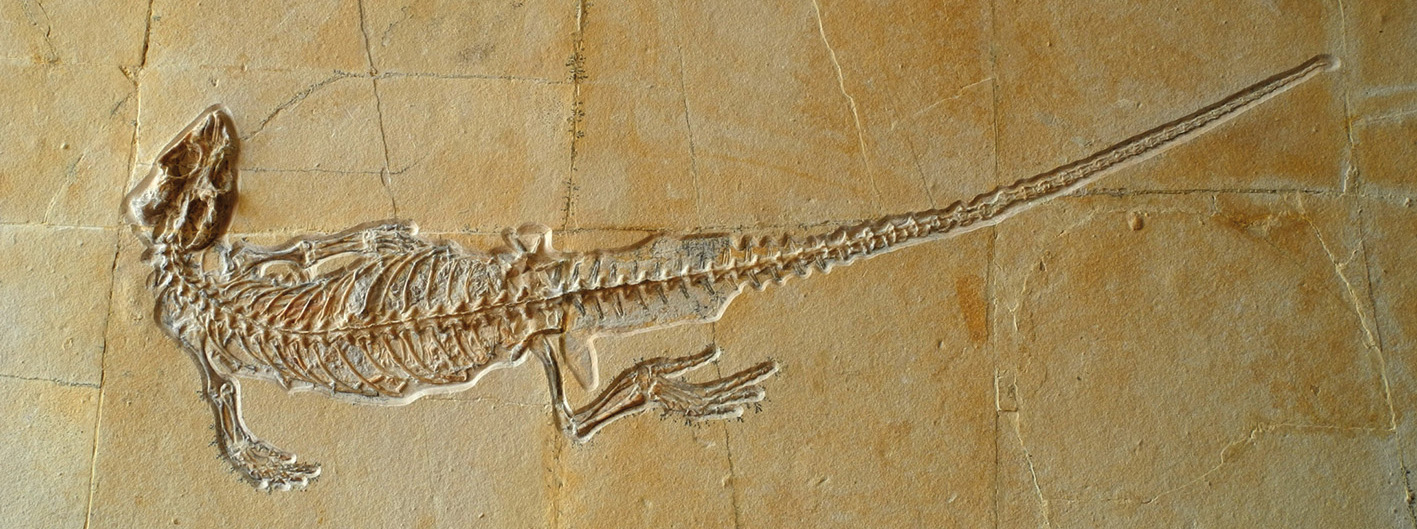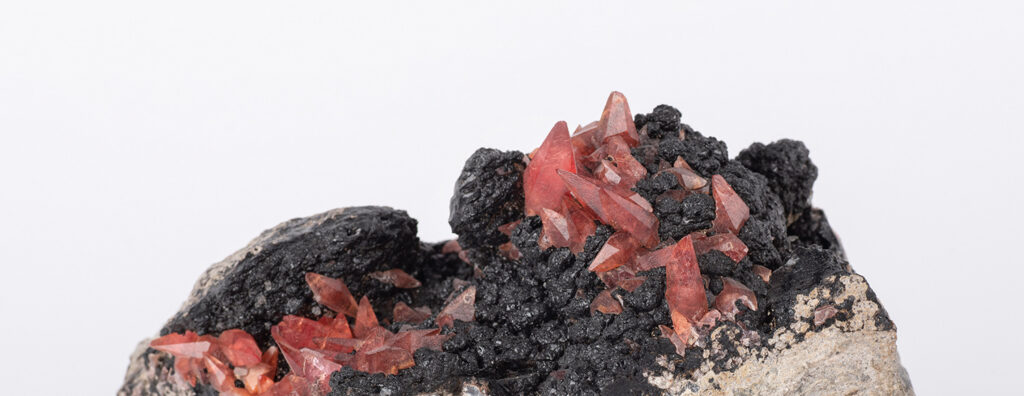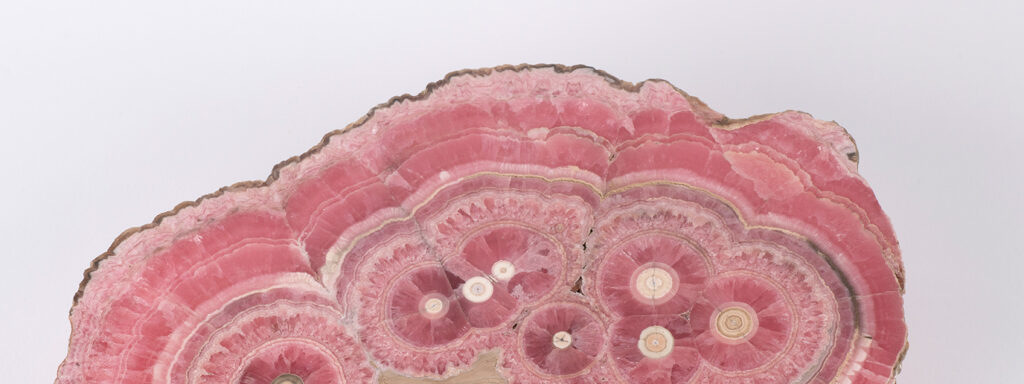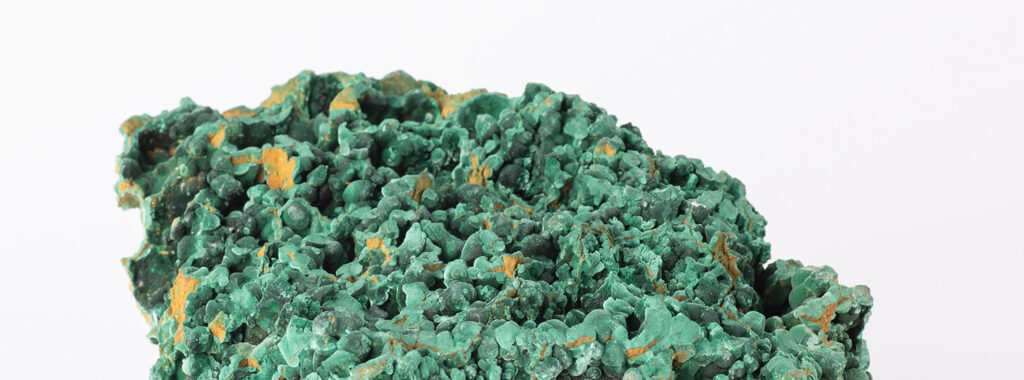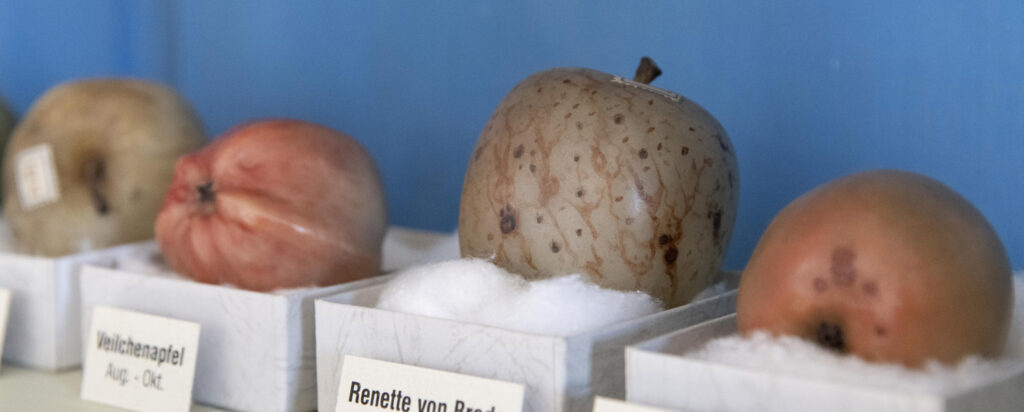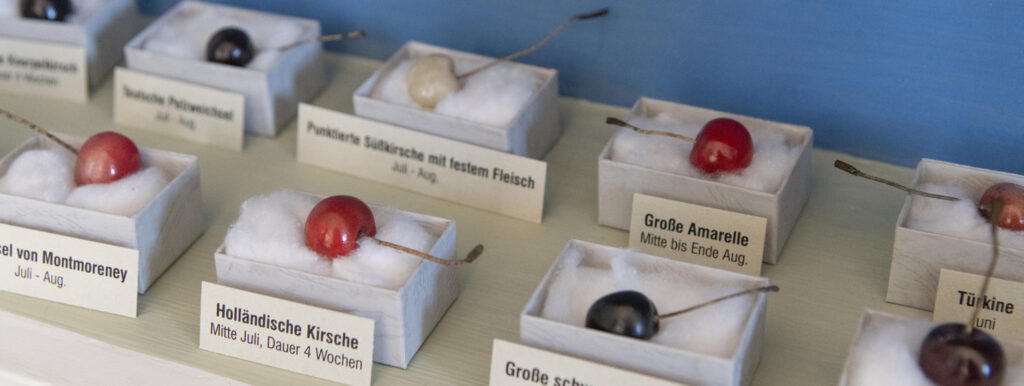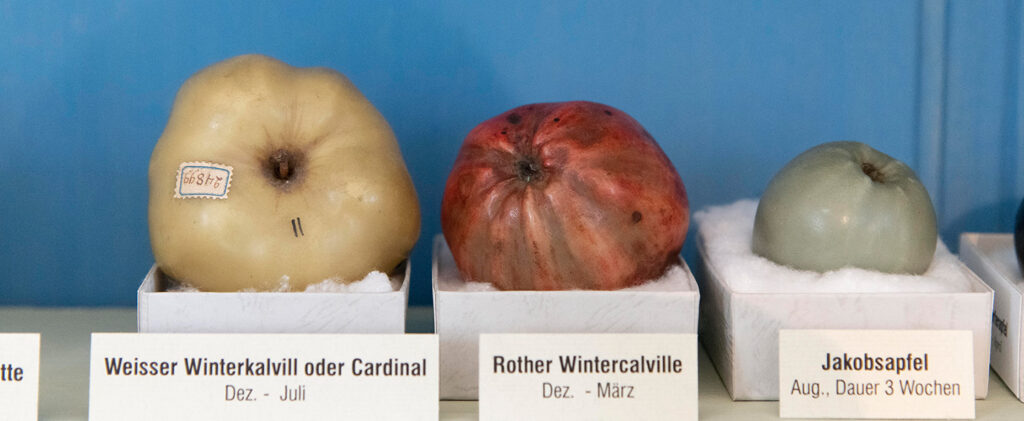Collection history
The origins of today’s natural history collections of the Natural History Museum Bamberg date back to the end of the 18th century. In the course of the foundation of the natural history cabinet in 1791, Prince-Bishop Franz Ludwig von Erthal ordered the purchase of various collections. At that time, these were mainly mineral specimens and ores from the Franconian Forest and the Fichtel Mountains, as well as collections of various animal specimens. Hardly anything of these early acquisitions is left today, as much was lost in the turmoil of the Revolutionary Wars.
The first major additions to the collection came after the secularization in 1803, when the ex-Benedictine priest Dionysius Linder (1762-1838) transferred the holdings of the Kloster Banz Naturalia Cabinet, which he headed until the abolition of the monastery, to the still unfinished Bamberg Naturalia Cabinet. In the first place, these holdings included numerous animal specimens, a part of the “Pomological Cabinet” as well as an undetermined number of the “Würzburg Lying Stones”, which were already famous at that time. During his further period of activity until his death in 1838, Linder developed as the second founder of the Bamberg Natural History Cabinet and expanded the collections to a great extent. His successor in the position of the head of the cabinet, the clergyman Dr. Andreas Haupt (1813-1893), also expanded the collections by several thousand objects from all fields of natural history.
Haupt’s successor was the clergyman Dr. Georg Fischer, who directed the museum from 1885-1912. He was given the task of inventorying and cataloging the accumulated holdings. Fischer filled 11 inventory folios and 44 catalogs with object data.
While the efforts to expand the collection had until then been guided by the idea of representing global biodiversity, this changed with the work of the clergyman Dr. Theodor Schneid (museum director 1917-1945). From now on, the focus was on documenting regional exhibits. Schneid collected and researched the ammonite fauna of the native Jurassic strata, prepared native bird species into exhibits worthy of display and established a systematic collection of native insects. The latter especially gave the Bamberg Museum a scientifically valuable collection of native insects, which is still considered one of the most important entomological regional collections in Bavaria.
During the subsequent period of Prof. Dr. Anton Kolb’s activity, numerous further exhibits were acquired, which served above all to expand the zoological holdings with regard to global biodiversity. During the tenure of the last museum director, Dr. Matthias Mäuser (1988-2021), the focus was again on the documentation of regional specimens. Since 2004, the collection activities concentrated on fossils of the “Wattendorfer Plattenkalke”.
In the future, the Bamberg Natural History Museum will continue to make an important contribution to documenting, researching and communicating our regional natural heritage.
